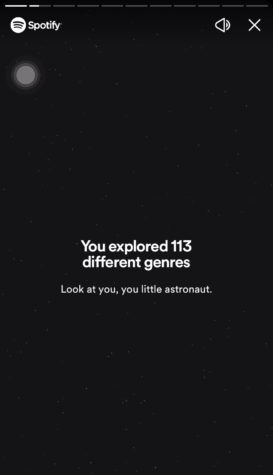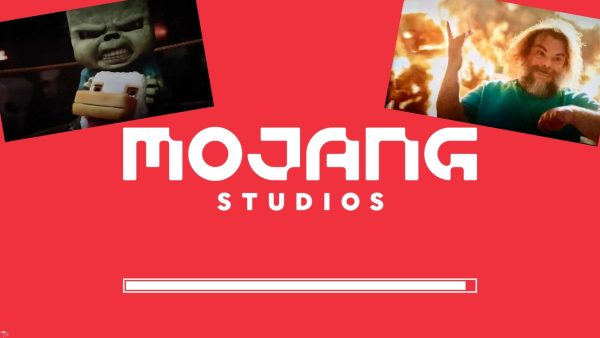Exploring Music Genres: Shoegaze Defined

Photo Courtesy of Sofia Perrine
With the recent release of Spotify Wrapped on Nov 30th, many Spotify users feel a slight embarrassment about what their analytics have to say about them. This common sentiment likely develops after seeing that one’s music taste is actually a bit “basic” or “cringy” when laid out on Spotify Wrapped. In preparation for the next Spotify Wrapped 2023, let’s introduce you to different music genres and subgenres to potentially improve your disposition and expand upon your current taste.
It’s important to recognize the importance of music as an expansive, transformative, and universal art form, and that understanding the complexity of music is what gives its artistry beauty. This complexity creates a certain difficulty in completely “defining” genres of music, which inspires different bands and artists to search for new innovative sounds. An example of this strive-to-be novel is Shoegaze, a lesser-known yet incredibly influential genre of music. In this article, I hope to establish a layout of the defining elements of Shoegaze, and its history to introduce you to this lesser-known genre.
Canadian host of the “Ongoing History of New Music” podcast Alan Cross accredits the emergence of Shoegaze in more underground music scenes during the 1980s which was most notably seen in Scotland. Bands such as The Cocteau Twins and The Jesus and Mary Chain are often credited with the early development of Shoegaze during this time through the use of heavy guitar effects and ethereal tones.
By the 1990s, Shoegaze had visibly taken on a new, more distinct sound pioneered by bands such as My Bloody Valentine (MBV) and Ride through the use of “harmonic noise” which was characterized by guitar drones and layers of feedback. These performances were more difficult in front of live audiences as band members often focussed on the foot pedals of their guitars which made it appear as though the guitarists were staring on their shoes throughout the performance which led to the coining of the genre as Shoegaze.
A defining contribution to Shoegaze was the influence of female artists such as Miki Berenyi and Emma Anderson from Lush, as well as Rachel Goswell from Slowdive who added a defining complexity to the genre by using more harmonic vocals. These female artists are accredited with the addition of a certain balance to the more commonly heard heavy tones of 90’s Shoegaze.
From these different techniques, Shoegaze emerges as a genre of sensory immersion where the music speaks for itself by incorporating layered noises for an immersive listening experience. It continues to be a transformative genre that poses contemporary relevance in a subtle way influencing more mainstream bands such as The 1995 and artists like Tame Impala who have incorporated Shoegaze elements in many of their songs and albums using regressive basslines and layered feedback techniques.
Shoegaze and Other Recommendations
- Default 缺省: A personal favorite band of mine Default 缺省 exemplifies the more traditional characteristics of Shoegaze through the use of heavy guitar drones and layers of feedback over harmonic vocals in their 2017 album California Nebula.
- Spaceman 3: A lesser-known band often referred to by its dedicated listeners as a godfather of Shoegaze, Spaceman 3 is a pioneer of innovative sound through a distinctive but indescribable mix of Shoegaze and Psychedelic Rock.
- The Brian Jonestown Massacre: The 90’s band’s hit song “Anemone” from their 4th studio album “Their Satanic Majesties’ Second Request” and other albums such as “My Bloody Underground” feature a mix of “textured” Shoegaze and Psychedelic Rock influences.
- All Natural Lemon & Lime Flavors: After their first album debut “All Natural Lemon & Lime Flavors” in 1996 the band’s use of more regressive bass lines and layered feedback techniques are stereotypically Shoegaze while creating a unique sound that is comparable to My Bloody Valentine’s use of sensory immersion in their album “Loveless”.
Sofia Perrine is a senior and a returning staff member of the AGHS Eagle Times. Despite not considering herself much of a "writer" she finds journalism...






